The bulb base may seem like an insignificant small component, but it plays a crucial role in connecting the power supply and the light source. Choosing the right bulb base types not only ensures the normal operation of the bulb but also directly affects the lighting cost, compatibility and maintenance.
Whether it is commercial lighting design in an office, warehouse, or retail store, it is crucial to understand the characteristics and applicable situation of different bulb base types.
This article will comprehensively analyze the common bulb base types to help you easily find the most ideal one for your lighting project.
What Is a Bulb Base
The light bulb base is the part of the bulb that is directly connected to the power supply. It ensures the electrical contact and mechanical fit between the bulb and the lighting fixture. It can be imagined as a "connector" that enables the light bulb to receive electricity and stay safe.
Bulb bases come in various shapes, sizes and connection methods, ranging from the common screw type to the pin base, as well as special bases. In a business setting, picking the right bulb base is very important because it affects both the light bulb size and how safely and efficiently it works in the light fixture.
The mismatch of bulb base types may lead to installation problems, electrical faults and even safety hazards. Therefore, enterprises must precisely formulate lighting specifications.
Types of Bulb Bases Guide
There are various classification methods for light bulb bases, among which the most crucial classification basis is the interface form and size specification of the base.
Internationally, there is a unified naming standard for light bulb base, which is usually composed of letters and numbers. Letters represent the type or structural features of the lamp holder, while numbers indicate the key dimensions of the lamp holder, with the unit mostly being millimeters.
Screw-Type Bases
Screw-type bas is one of the most widely used types at present. The connection between the bulb and the base is achieved through a threaded structure, contributing to the characteristics of firm installation and reliable contact. It can be seen in various applications such as home lighting and commercial places.
E26: E26 is a frequently used standard for spiral bulb bases in North America and some other regions. It is compatible with most household bulbs, such as incandescent bulbs, energy-saving bulbs, LED bulbs and other products with E26 lamp caps.
E27: E26 is a derivative model of E27. E27 holds a dominant position in the European and Asian markets. Its excellent universality and compatibility have become important standards in the field of lighting.
E39: E39 is a large spiral bulb base. As a broadly applied specification in industrial and commercial lighting fields, it is mainly compatible with high-power bulbs, such as high-pressure sodium lamps, metal halide lamps, high-power LED lamps, etc. E39 is popularly applied in commercial places such as factories, warehouses, stadiums, and road lighting that require high brightness and strong illumination.
E40: E40 is more often found in industrial-grade lighting equipment in Europe and most regions around the world, providing reliable installation support for high-bright lighting requirements.
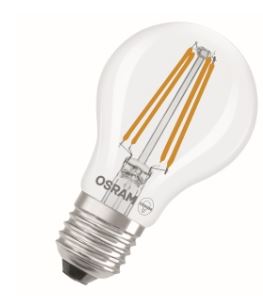
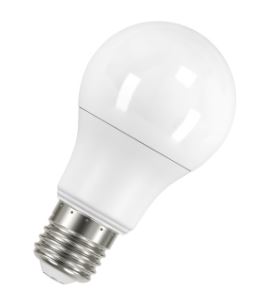
Pin-Type Bases
Pin base is a type of light socket where the bulb connects using metal pins. It’s designed to be compact, provide a stable connection, and allow electricity to flow efficiently. This bulb base is generally favored in professional lighting. The bulb has two or more pins on its base, which fit into matching slots inside the socket.
Its compact structure enables it to be compatible with small lamps and save installation space. Some models require a transformer.
The GU series is one of the most popular categories of pin-base type.
G13: It is mainly compatible with long strip-shaped lighting products such as straight tube fluorescent lamps and T8/T5 LED tubes. It usually has an anti-oxidation metal layer coated on the surface of the pins.
GU10: The center distance between the two pins is 10 millimeters. It is compact in size and is mostly used in small halogen cup lamps or LED spotlights.
GU5.3: In some places with high safety requirements, such as children's rooms and bathroom mirror front lights, GU5.3 bulb bases are highly favored due to their low-voltage characteristics.
Specialty Industrial Bases
In addition to the common screw-type and pin type bases, there are also some bulb bases for special purposes. They are specifically designed for particular lighting solutions or fixtures and play a significant role in professional fields.
Bayonet Bases (B15, B22): Primarily used in European markets, bayonet bases provide secure connections in high-vibration environments like machinery rooms and vehicles.
R7S Linear Base: Used for floodlighting, security installations, and commercial outdoor lighting.
MR16: MR16 is a small bulb base commonly used in low-voltage halogen lamps and LED spotlights, belonging to multifaceted reflectors.
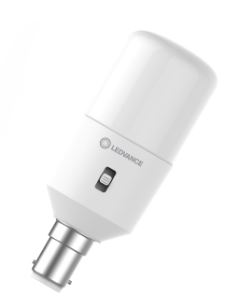
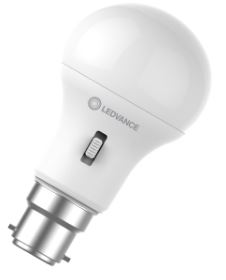
Light Bulb Base Types Chart
Popular Bulb Base Types in Commercial Application
In commercial lighting solutions, the selection of bulb bases requires comprehensive consideration of multiple factors. The lighting requirements of different commercial places vary, and the widely adopted bulb bases also differ accordingly.
Large commercial spaces such as shopping malls, supermarkets, and stadiums have high requirements for the brightness and coverage of lighting. The E40 screw-type lamp socket is one of the highly prevalent choices. The screw-down structure is firmly installed and can reduce the loosening of bulbs in places with a large flow of people.
Store windows in shopping malls, product display sections in specialty shops, and other areas where products need to stand out and grab attention. The spotlights that come with the GU10 bulb base have strong focusing performance, which can precisely illuminate the products and enhance their visual appeal.
Public places such as hotel lobbies and restaurants that emphasize atmosphere creation will choose appropriate bulb bases according to the decoration style. The E27 screw-type bulb base, with its strong versatility, is compatible with various designs of chandeliers and wall lamps and can blend well with different decoration styles. In some restaurants or hotels with a retro style, the B22 checkpoint bulb base is also chosen. Its traditional installation method and appearance can add a vintage charm to the place.
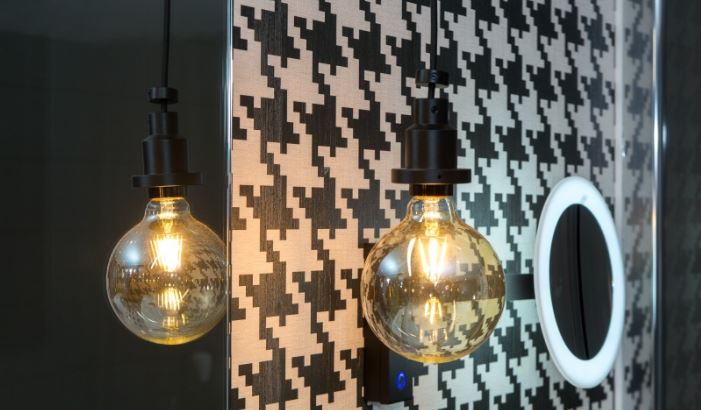
Offices and office buildings need lighting that is even and comfortable for people to work in. The E27 screw-base and G9 pin-type base are more popular. The ceiling lamp with the E27 can provide uniform overall lighting, meeting the general lighting needs of the office area. The downlights or spotlights with the G9 can be used for local lighting, such as accent lighting above the office desk.
How to Determine the Correct Bulb Base Type
If it is to replace the bulb of an existing light, after removing the old bulb, observe the marking on its base. Usually, the type of bulb base will be indicated.
Or, if you’re making a new lighting solution for your area, please follow the instructions below.
Step 1: Clarify the usage places and types of lamps
Step 2: Check the specification of the lamp and select based on the functional positioning of the light
Step 3: Consider the particularity of the usage environment such as waterproof
Step 4: Pay attention to matching the corresponding transformer
Step 5: Give priority to choosing base types with strong versatility
Finally, refer to professional advice and actual tests. For complex lighting designs or special applications, it is advisable to consult a professional lighting designer or electrician. Before making bulk purchases, buy a small number of samples for testing first. Checking the matching degree between the base and the lamp, the lighting effect and the ease of installation.
Conclusion
Choosing the right light bulb base plays a much bigger role in business operations than most people realize. Whether you manage a retail store, hotel, office, or industrial facility, using the correct bulb base ensures lighting efficiency. Each base type serves a specific purpose.
By conducting a simple fixture audit and understanding the strengths of each bulb base, businesses can streamline their procurement process and avoid frequent replacements. Additionally, choosing energy-efficient options like LEDs compatible with your base type can further cut operational expenses. Investing time in proper bulb base selection translates to fewer disruptions. Smart lighting choices lead to smarter business operations.



